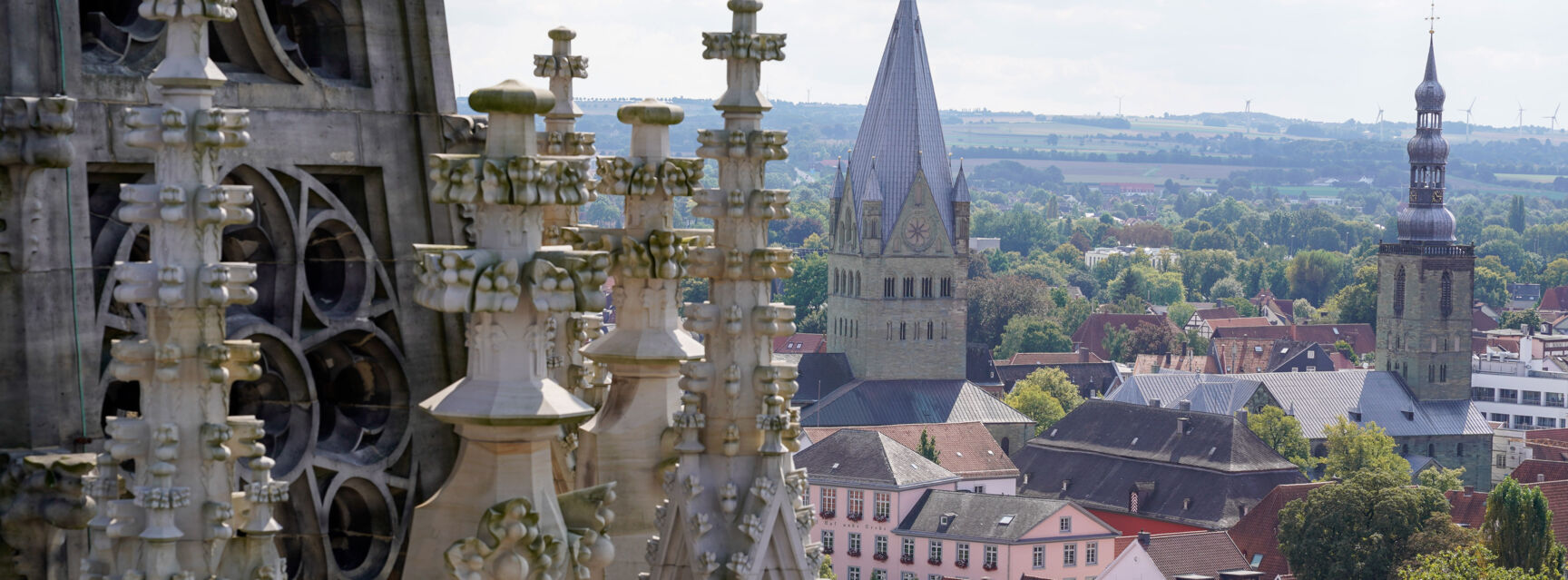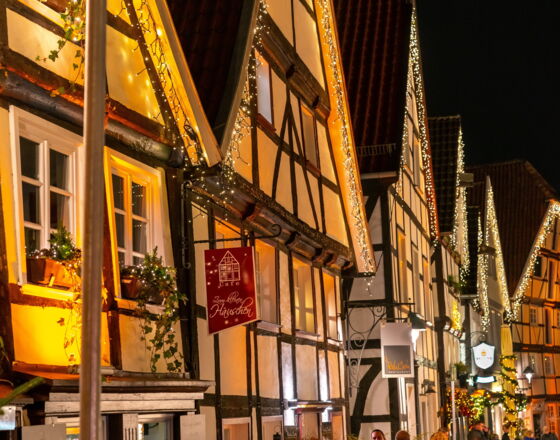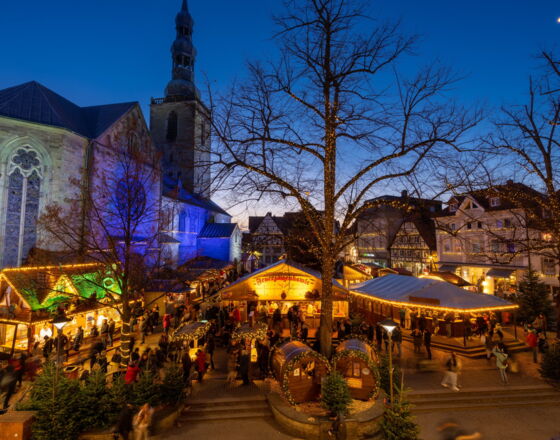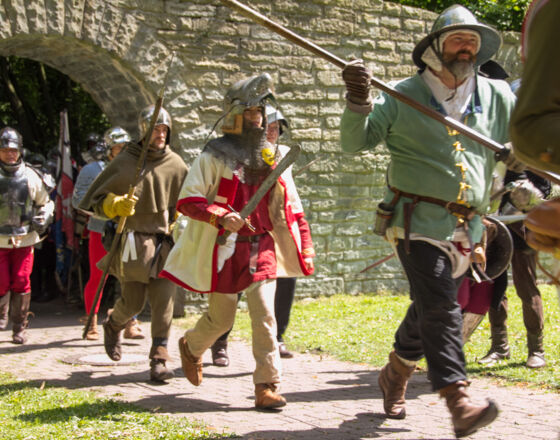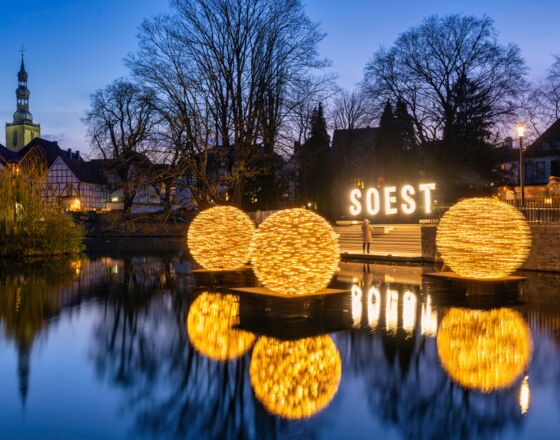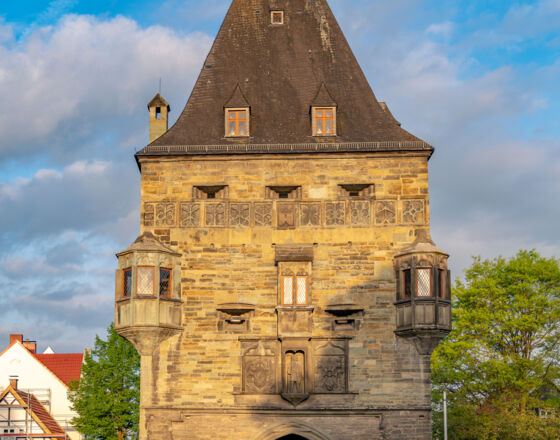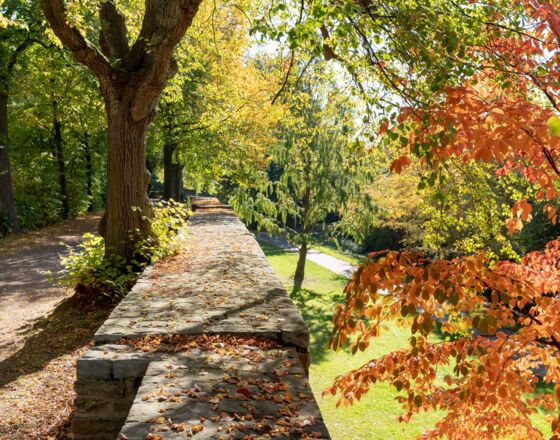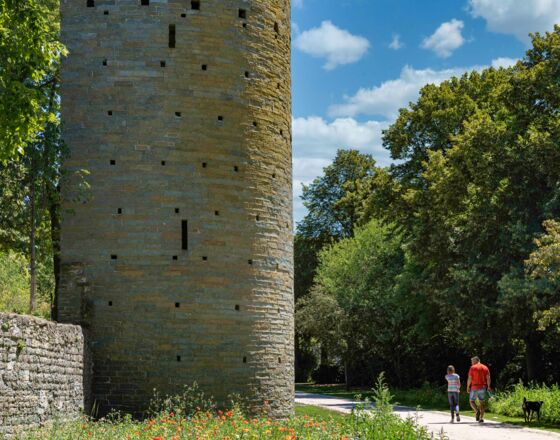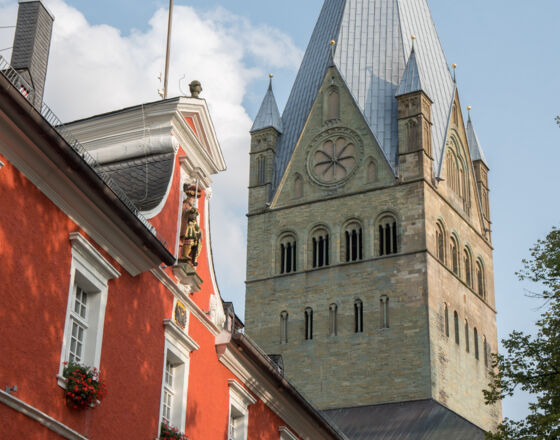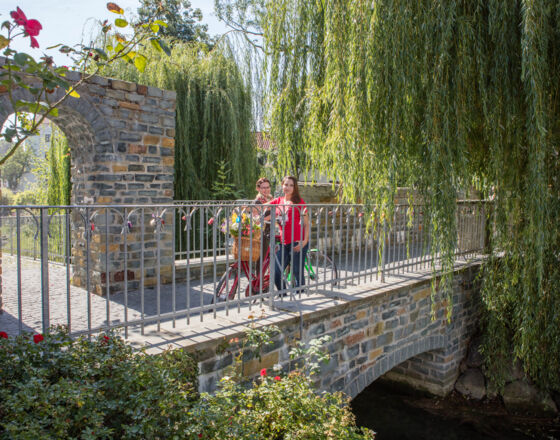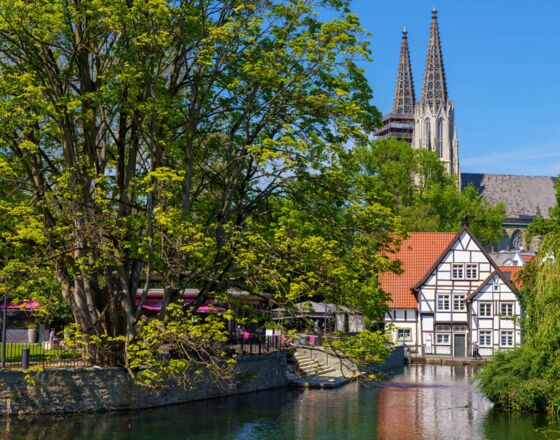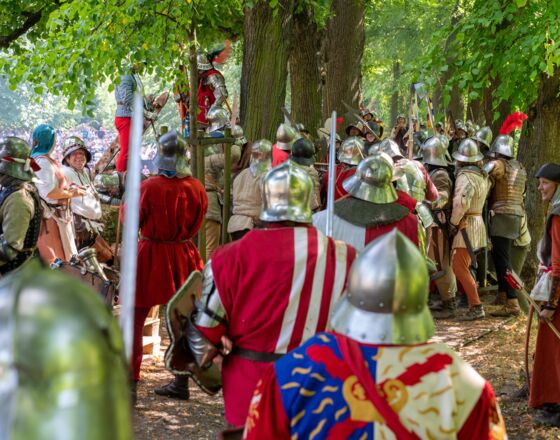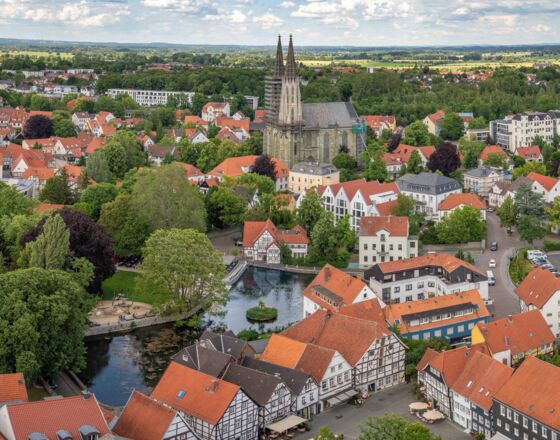Facts & Figures
Founded
Year 836
Location
51.57255 latitude and 8.106125 longitude
Population
50000
UNESCO World Heritage
Bauhütte Wiesenkirche: On 17 December 2021, the intergovernmental committee of UNESCO resolved to include Bauhütten (construction workshops) in its ‘Register of Examples of Good Practice for the Preservation of Intangible Cultural Heritage’.
What is the city known for?
Soest pumpernickel (from the world’s oldest pumpernickel bakery)
Bullenauge (mocha liqueur with cream)
Westphalian supper (pumpernickel with smoked ham, Soest beer and Westphalian grain based on the ‘Westphalian Supper’ stained-glass window in St. Maria zur Wiese)

